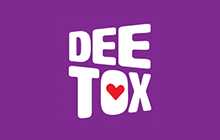
Hungry Hero is an open source Flash game built on Starling Framework. This game is built to give developers an idea of how a typical Starling based game looks like. The basic idea is to showcase how easy it is to build a Stage3D game, giving your games the power of GPU rendering or Hardware acceleration.


